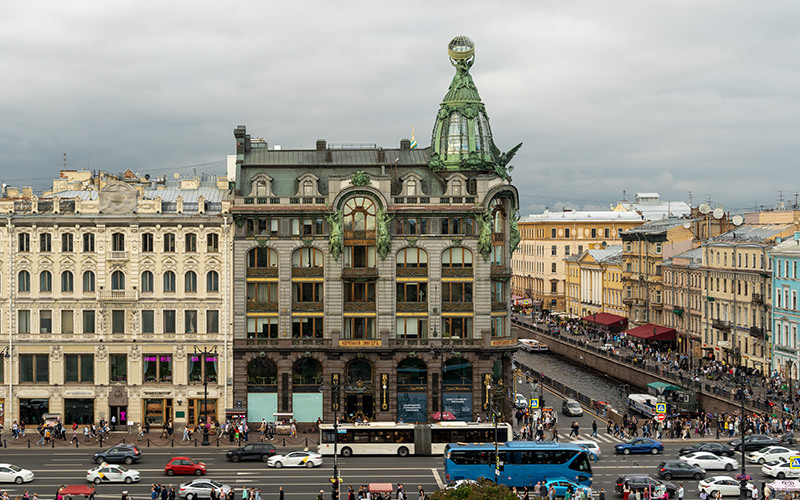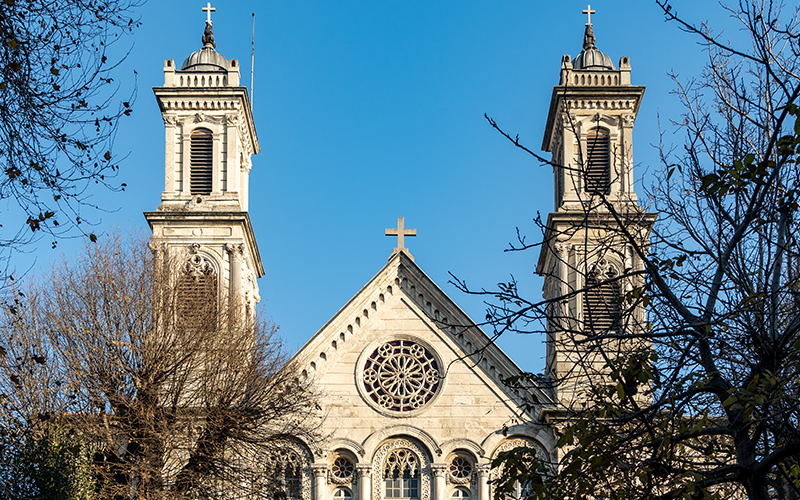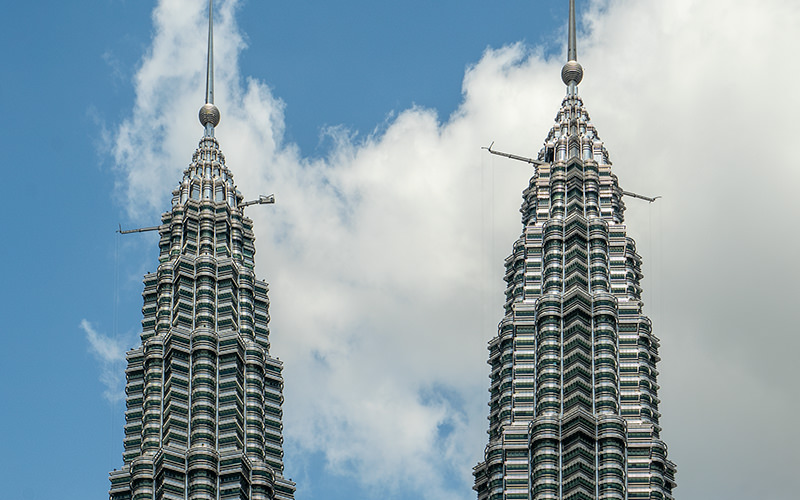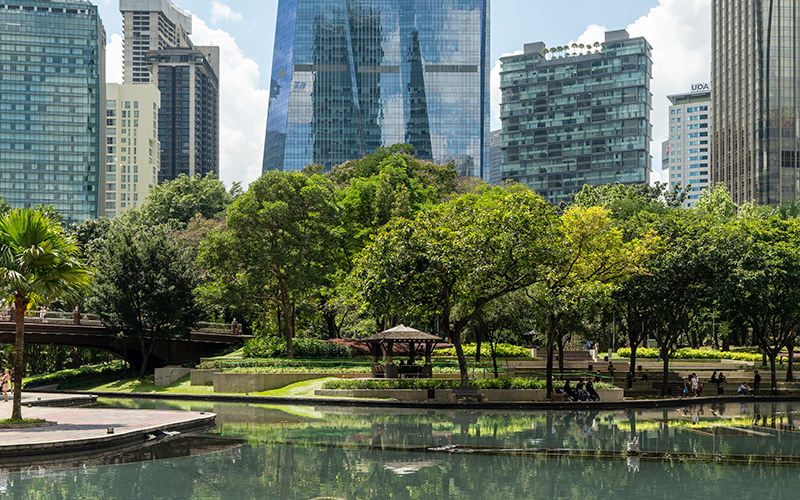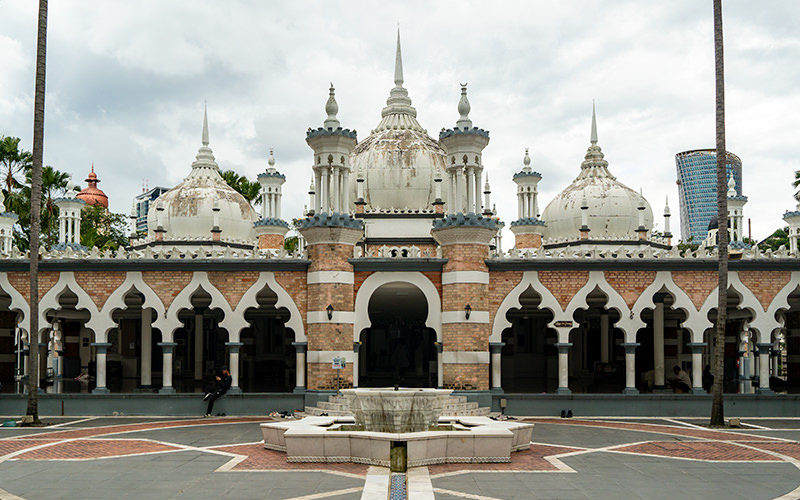While planning my trips around Kuala Lumpur, I came across information about the Batu Caves — this unusual attraction is located about half an hour’s drive from the city center. Within the complex, you can visit a temple built directly inside a cave and take several photos against the backdrop of colorful religious sites.
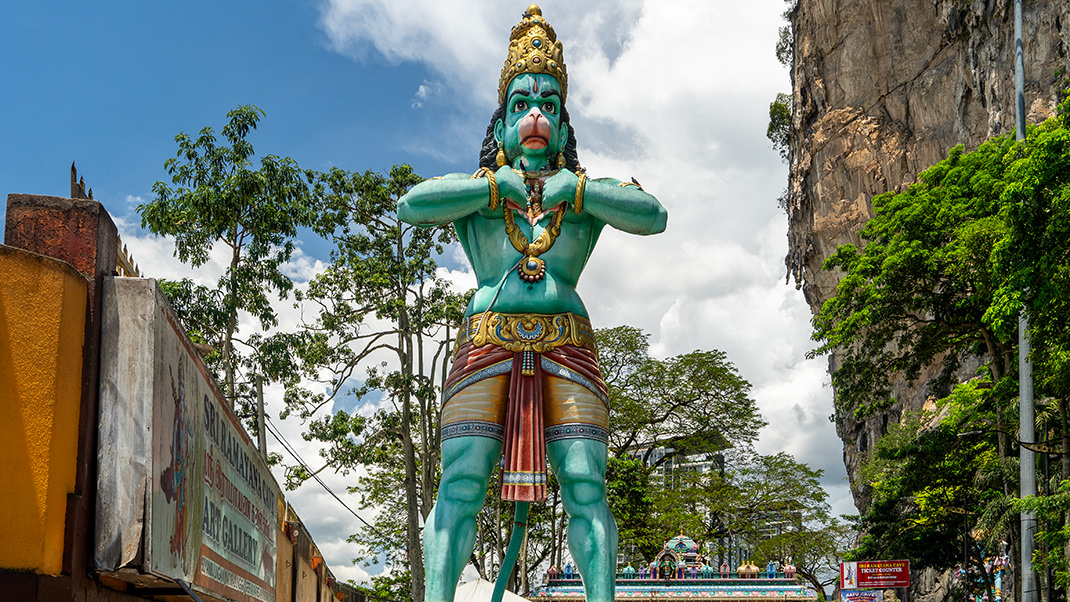

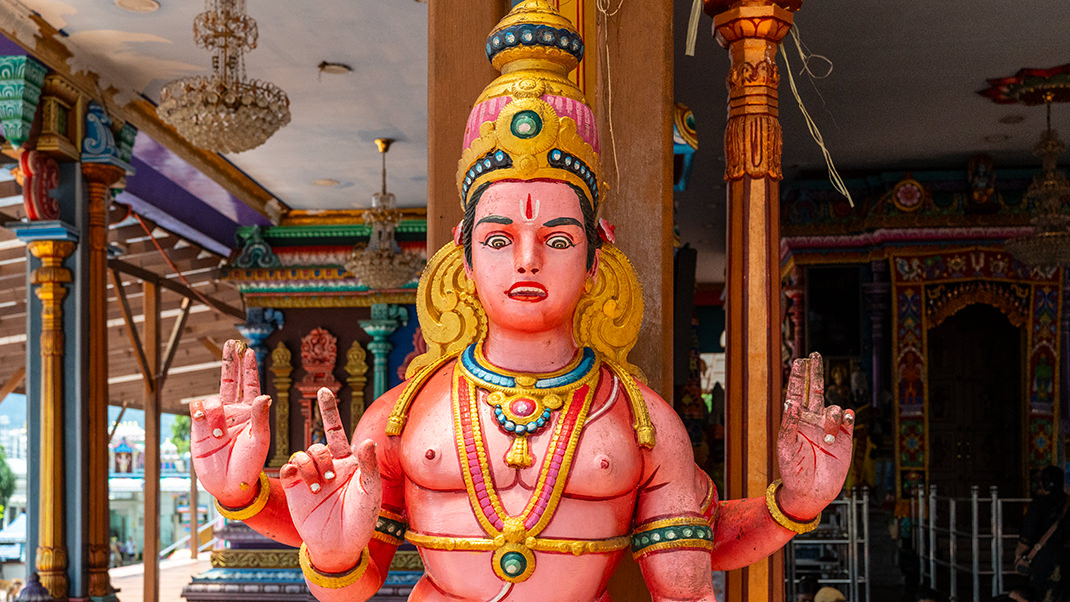
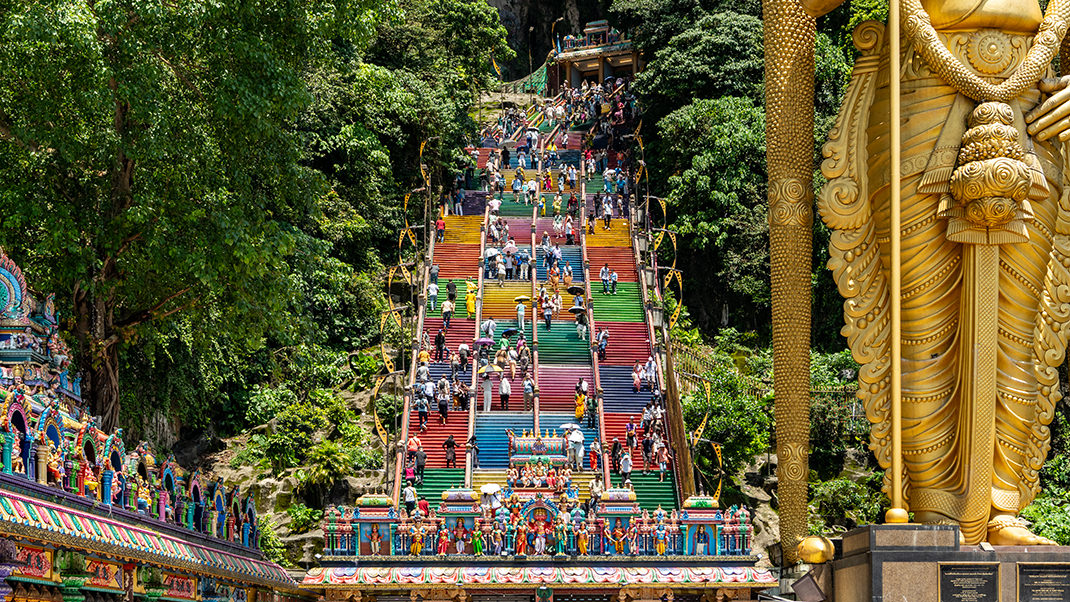
History of the Site
According to online sources, the Batu Caves are estimated to be around 400 million years old. The complex was named after the nearby Sungai Batu River.
In the past, the only inhabitants of the caves were bats. Later, Chinese migrants began coming here to collect bat guano, which they used as fertilizer for their fields. The caves remained little known until 1878, when American naturalist William Hornaday revealed their existence to the world.

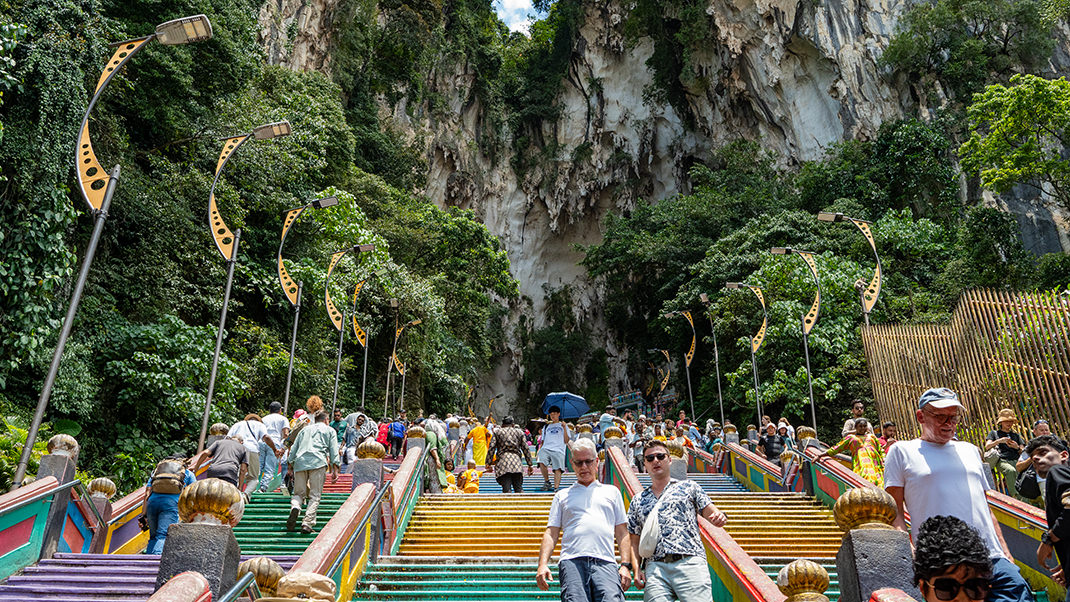

When large numbers of Indian migrants arrived in Malaysia, the Batu Caves became a place of worship dedicated to Murugan. A 42-meter-tall statue of this warrior god now stands at the foot of the main cave. I read that one of the leaders of the local Hindu community suggested making the site sacred for a reason: one of the caves resembles the tip of Murugan’s spear.
During religious festivals, Hindus from all over the world gather at the complex. Since 1892, the annual Thaipusam festival has been held here, attracting hundreds of thousands of pilgrims. Today, the Batu Caves are also one of Malaysia’s major tourist attractions. On the day of my visit there were no celebrations, but the number of tourists was still quite large. If you’d like to enjoy the caves without the crowds, guidebooks recommend arriving before 8 a.m.
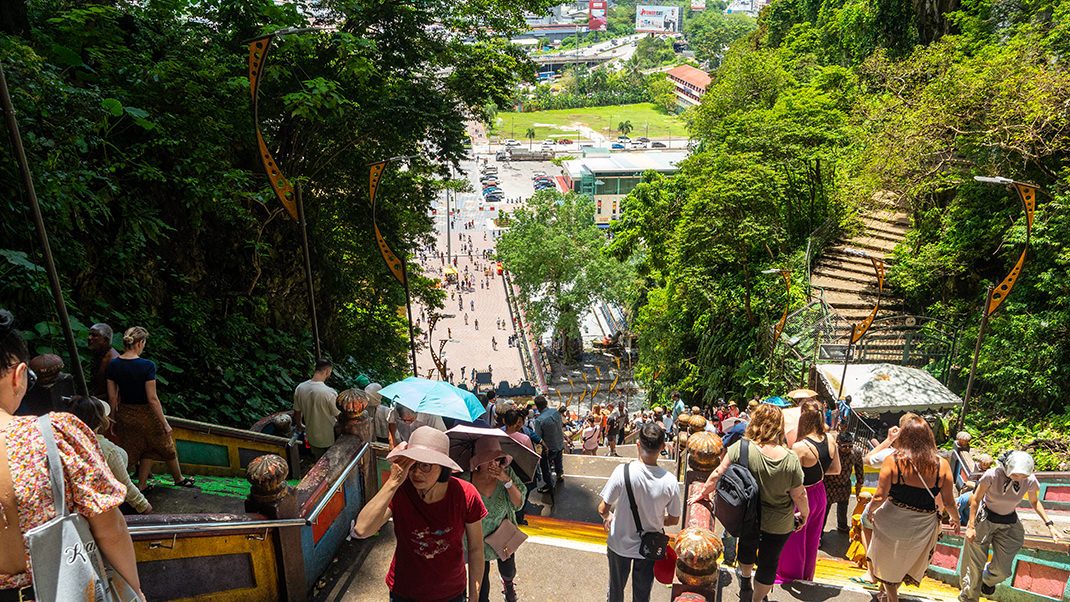

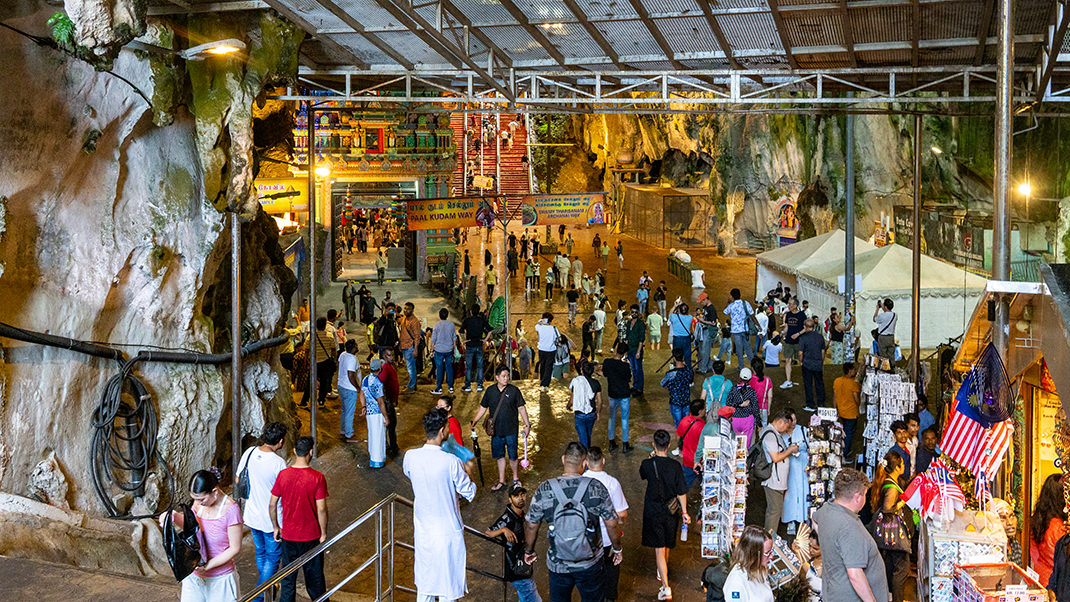
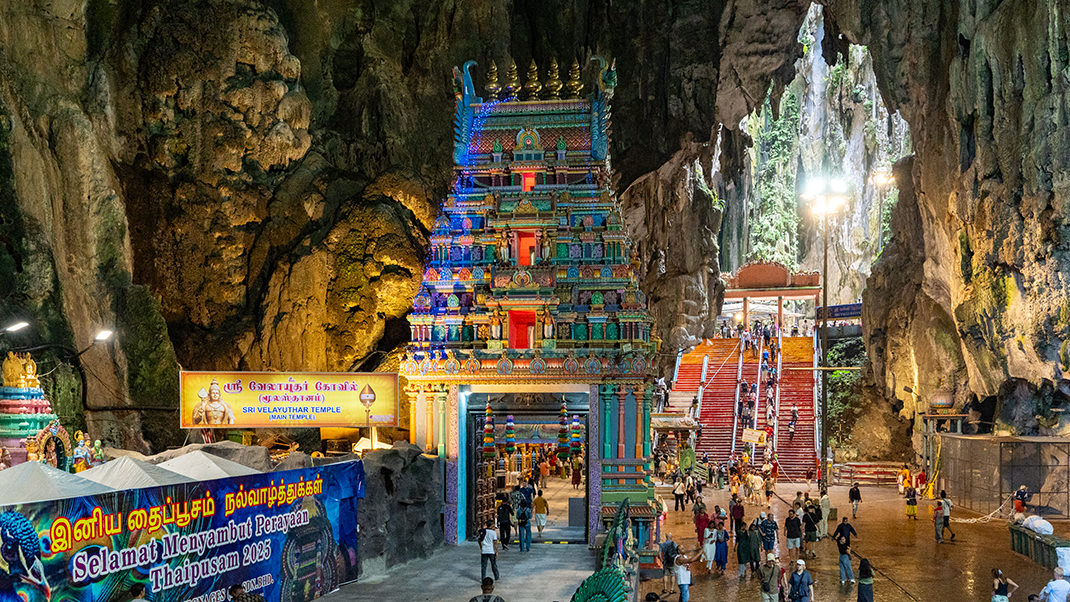
Climb to the Main Cave
The entrance to the largest cave of the complex, known as the Cathedral or Temple Cave, is situated high up. To reach it, you must climb 272 steps of a massive staircase. This is quite a challenge: travelers are worn out both by the scorching sun and by the ever-present monkeys. I would advise against pulling out food or items that might attract them on the way up, as you risk losing your belongings.
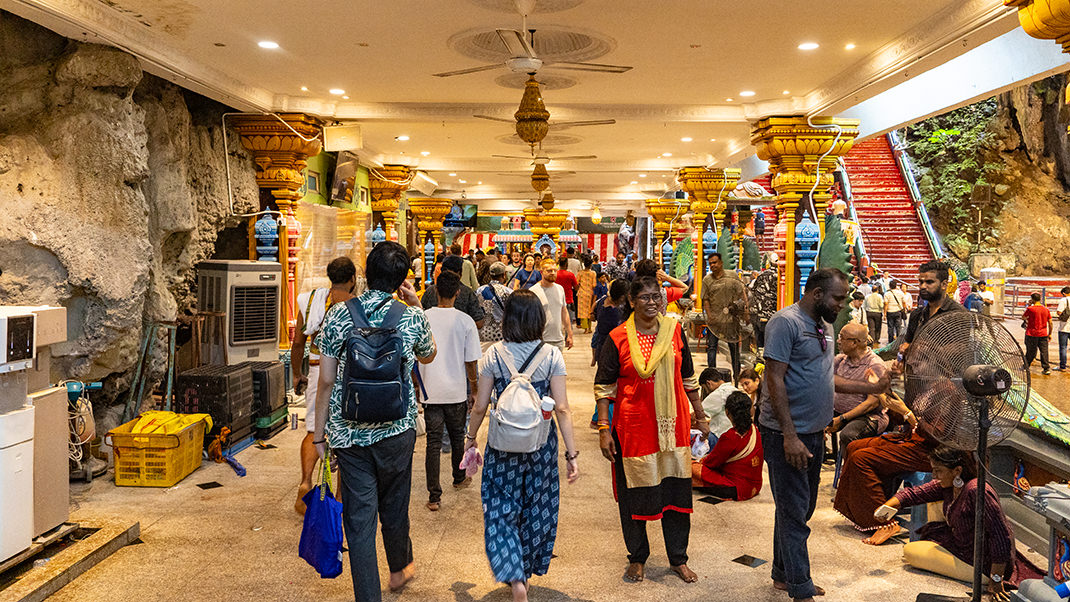

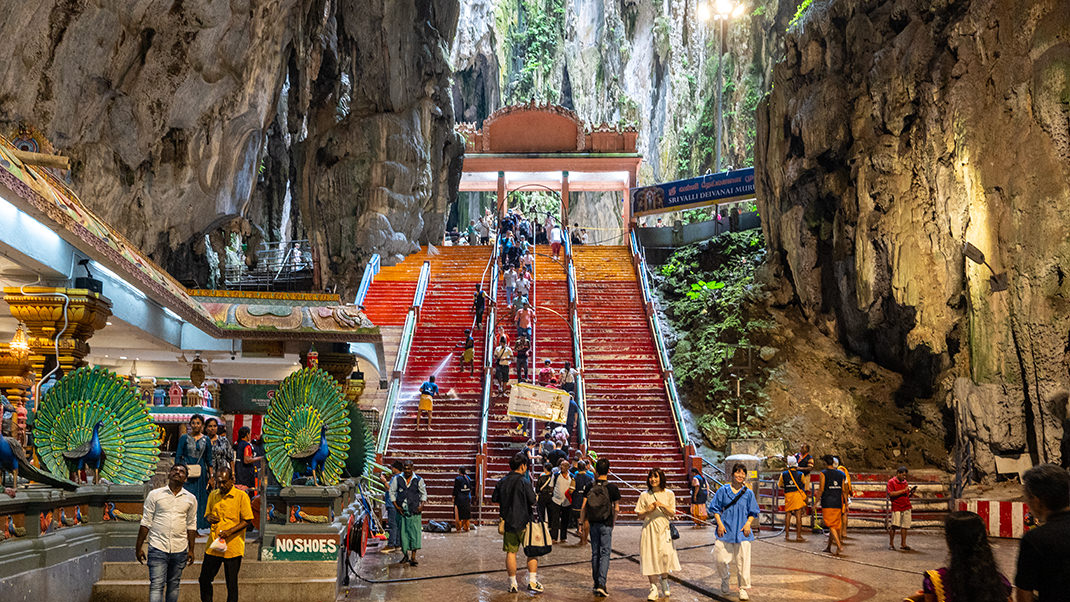
Inside the cave, you can see the largest temple of the complex, which was built in 1920. After visiting the shrine, you can climb another staircase to reach a platform with another structure and an open area above, where sunlight streams into the cave.
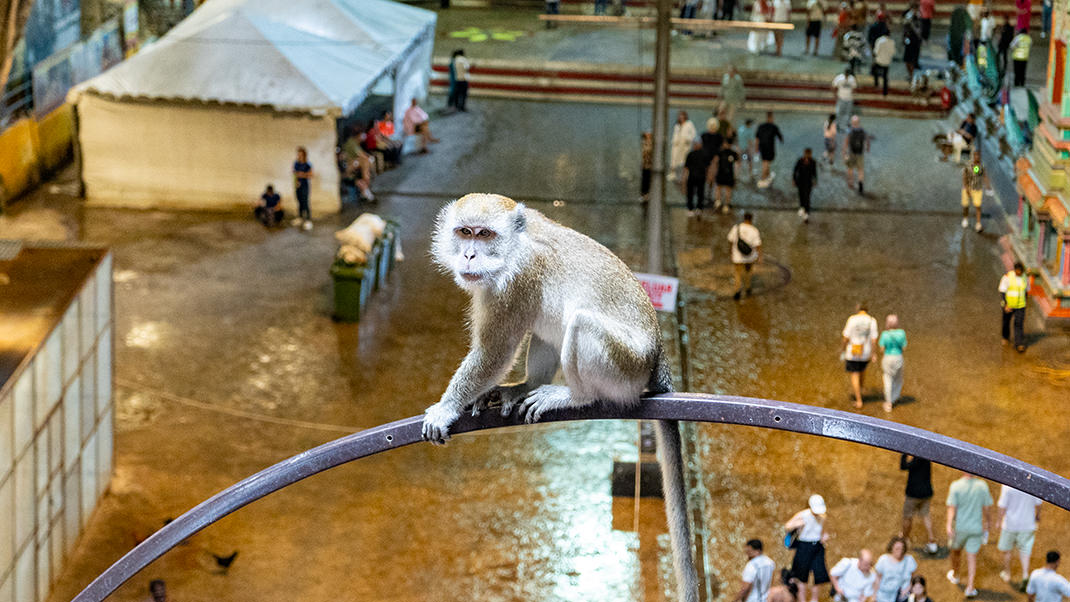
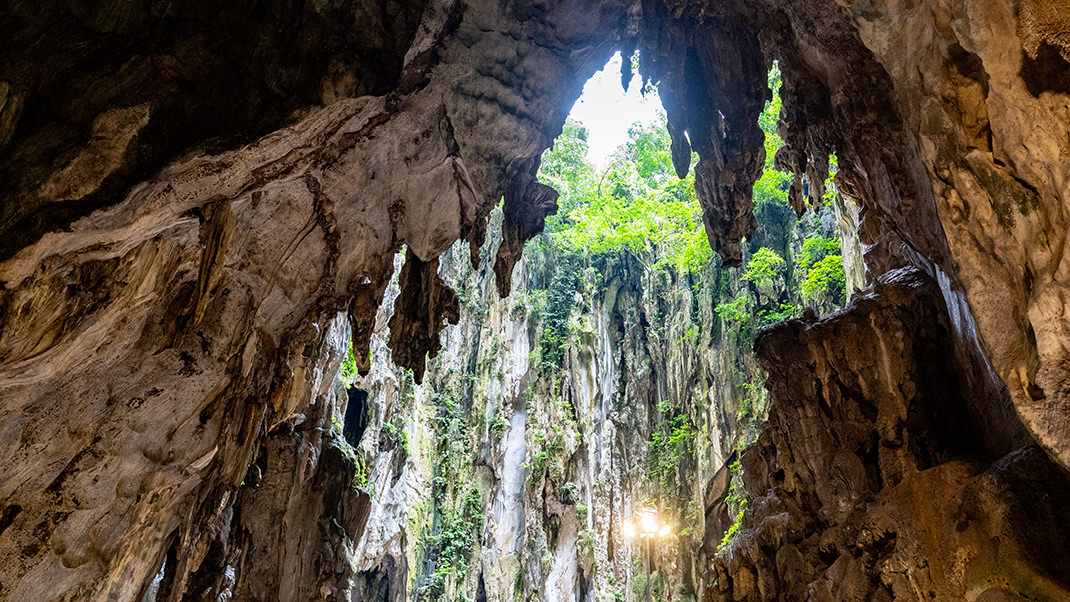
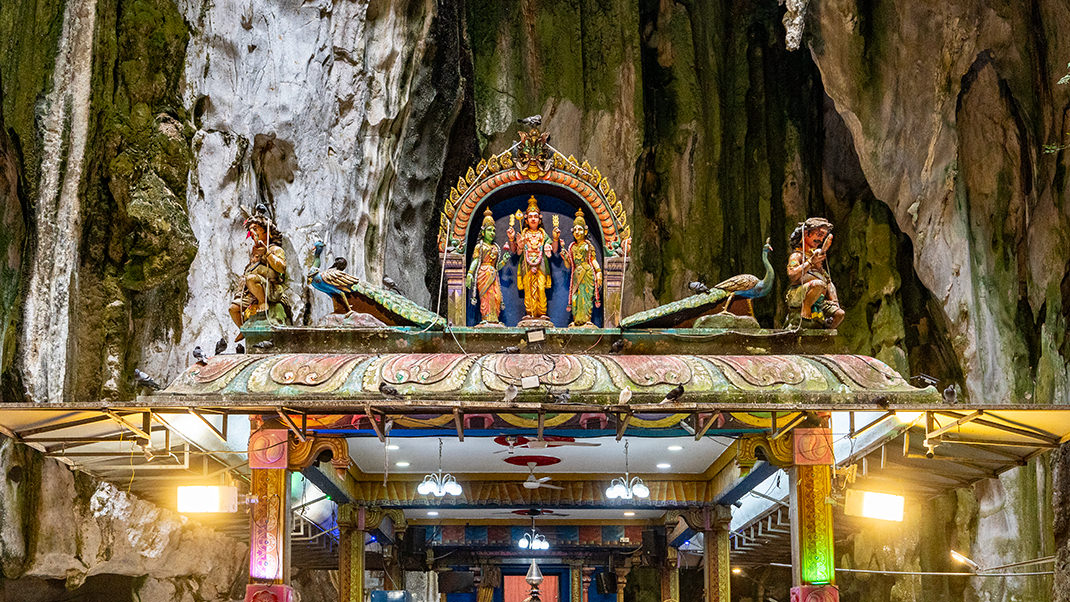
I ended up with quite a lot of photos from this trip, so I decided to split the material into two parts. In the next article, I’ll describe visiting the other caves in the complex and explain how to get there.
Have a nice trip!


